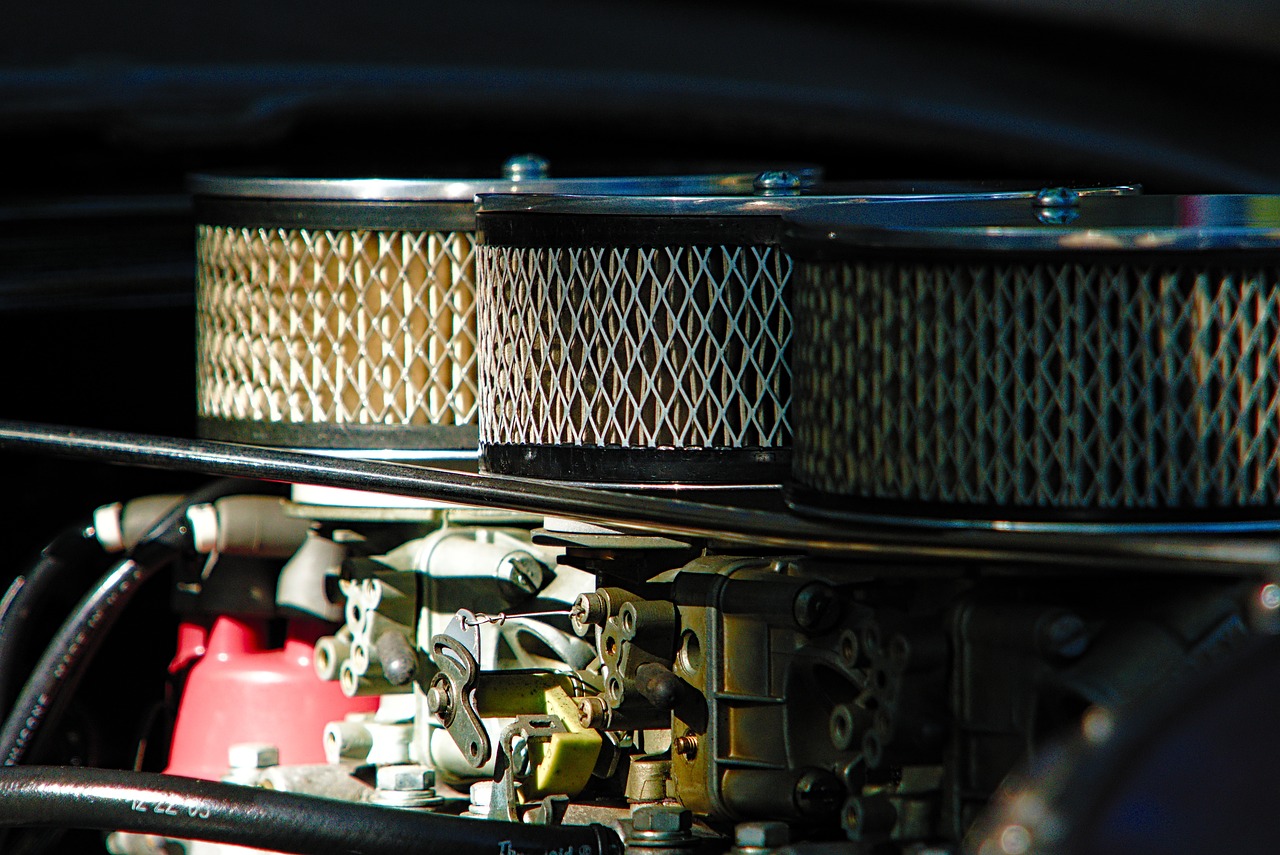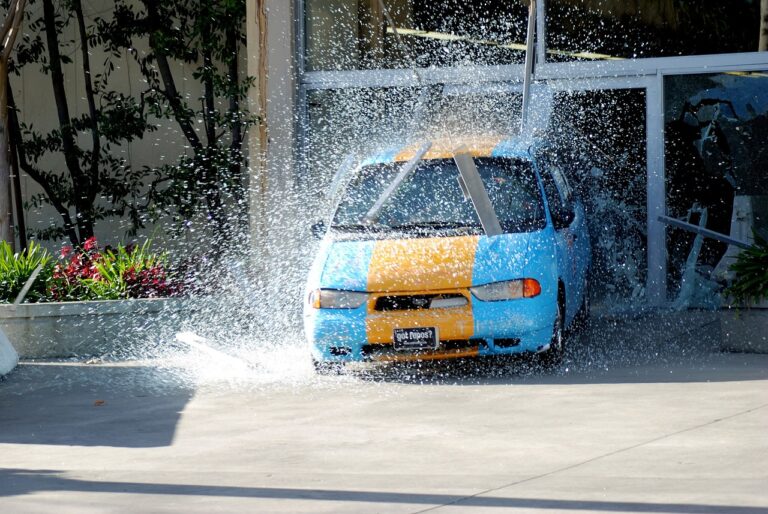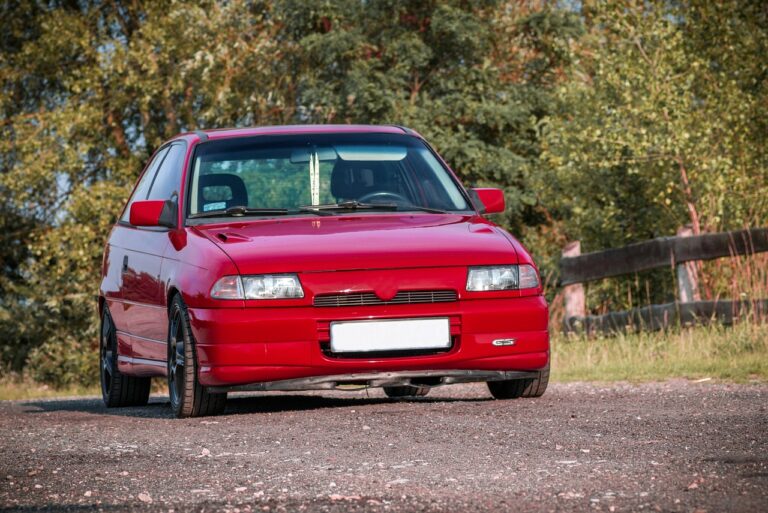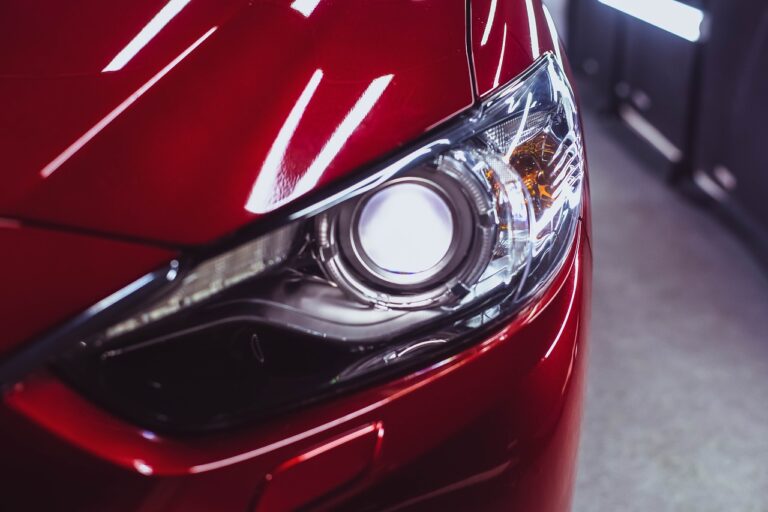Exploring the Connection Between Vehicle Design and User Safety
Vehicle design plays a crucial role in safeguarding the well-being of occupants during road accidents. Engineers meticulously consider various factors such as structural integrity, placement of safety features, and material selection to enhance the overall safety of a vehicle. By strategically incorporating components like crumple zones, airbags, and seatbelts, designers aim to mitigate the impact forces experienced by individuals inside the vehicle in the event of a collision.
The layout of a vehicle’s interior, including the positioning of seating, dashboard, and controls, is thoughtfully planned to ensure optimal protection for occupants. Moreover, the integration of advanced technologies, such as stability control systems and collision warning systems, contributes significantly to accident prevention and user safety. Ultimately, a well-designed vehicle not only provides a comfortable and enjoyable driving experience but also serves as a reliable shield against potential risks on the road.
The Role of Crumple Zones in Minimizing Impact on Occupants
Crumple zones in vehicles play a critical role in enhancing occupant safety during collisions. These specially designed areas at the front and rear of a vehicle are engineered to absorb and dissipate the kinetic energy generated upon impact, thus reducing the force experienced by the occupants inside the vehicle. By deforming and crumpling upon impact, these zones help to extend the duration of the collision and reduce the severity of the forces transmitted to the passengers.
The implementation of crumple zones in vehicle design has been widely successful in minimizing the impact on occupants during accidents. Through controlled deformation, these zones effectively spread out the energy of a crash, reducing the likelihood of serious injuries to the occupants. By sacrificing themselves in the event of a collision, crumple zones serve as a protective barrier that absorbs much of the impact energy, contributing significantly to the overall safety of vehicle occupants.
How Airbags and Seatbelts Work Together to Protect Users
Airbags and seatbelts are vital components of vehicle safety systems designed to protect occupants in the event of a collision. Seatbelts are the primary defense mechanism, restraining occupants in place and preventing them from being ejected from the vehicle upon impact. Airbags complement seatbelts by providing an additional layer of protection, deploying rapidly upon collision to cushion the occupants and reduce the risk of injury.
Seatbelts work by distributing the force of a collision across the strongest parts of the body, such as the shoulders and hips, reducing the impact on more vulnerable areas like the chest and abdomen. Airbags then deploy to further absorb the energy of the collision and help cushion the occupants from hitting hard surfaces within the vehicle. By working together, airbags and seatbelts greatly increase the chances of occupants surviving and minimizing injury in a crash.
• Seatbelts restrain occupants in place and prevent ejection from the vehicle upon impact
• Airbags deploy rapidly to cushion occupants and reduce risk of injury
• Seatbelts distribute force of collision across strongest body parts like shoulders and hips
• Airbags absorb energy of collision and cushion occupants from hitting hard surfaces within the vehicle
• Working together, airbags and seatbelts increase chances of survival and minimize injury in a crash
How do airbags work to protect users in a car crash?
Airbags work by inflating rapidly upon impact to provide a cushioning effect for occupants, reducing the force of the collision on their bodies.
What is the purpose of seatbelts in a vehicle?
Seatbelts are designed to restrain occupants during a collision, preventing them from being thrown forward and minimizing the risk of serious injuries.
How do airbags and seatbelts work together to protect users in a car crash?
Seatbelts keep occupants securely in their seats, while airbags provide an additional layer of protection by absorbing some of the impact forces during a collision.
Are airbags alone enough to protect occupants in a car crash?
While airbags play a crucial role in protecting occupants, they are most effective when used in conjunction with seatbelts to ensure maximum safety in a crash.
What is the role of crumple zones in vehicle safety?
Crumple zones are designed to absorb and dissipate the energy of a collision, reducing the impact forces on the occupants and helping to minimize the extent of injuries.





